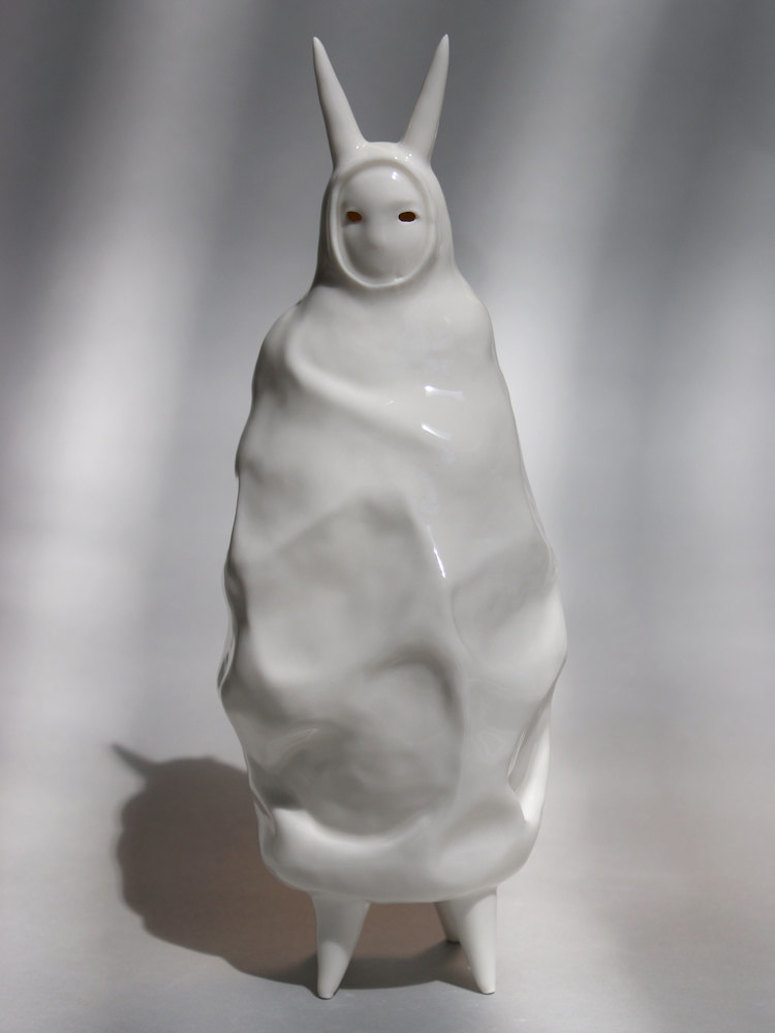We compromised by making a more ‘adorable’ version of my concepts (example: our mascot being a cheerful deer that is shot in the head with its’ brains leaking out, to show how unaware they are of their future and how they are living creatures that are similar to humans.
Below it's our first 2 designs of the deer. As we liked the first sketch we did, we decided to use it for the final logo. I have created the first illustration and Farsya the second one. At first, we wanted to make our design be very simple and black and white. We asked couple people for feedback which said:
* We should try to experiment with some colours - it will make the design look more appealing to the young audience.
* The second design has too many details on.
* Most of the people said they prefer the first design.
As people from feedback preferred the first design we decided to stick to it. We tried to add some colours which made our design more appealing to the young target audience. We also redesigned antlers and the brain so it doesn't confuse the audience.
After finishing the final symbol design people suggested to us to make the colors a bit darker as it makes our design look too bright and plain. Also, it is hard to see different tones of brown colour.
Final symbol design:
From surveying our audience, we noticed that people do not engage visuals that are ‘disgusting’ or ‘scary’ and designs that are too ‘serious’ or verbose. This gave us more of a reason to make our designs friendly and approachable. Also, our strategy is to keep things vague, so this leaves the audience imagining the more ‘gruesome’ reality and imagery for themselves, whilst not being bombarded with information.


























